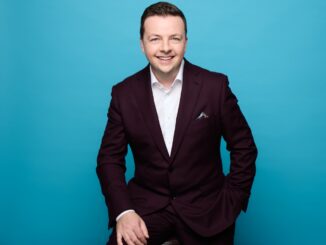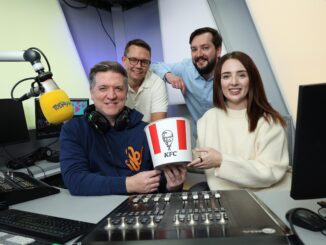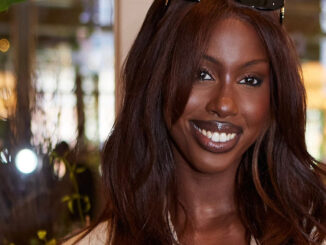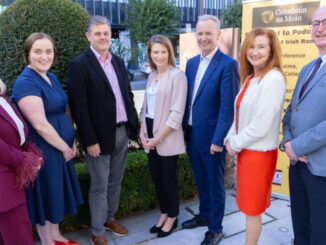Bay Broadcasting has completed its acquisition of Galway Bay FM, following full approval from the Irish Competition and Consumer Protection Commission and the Minister for Culture, Communications and Sport, Patrick O’Donovan.
The move adds the Galway-based station to Bay’s growing portfolio, which already includes Radio Nova, Ireland’s Classic Hits Radio and Sunshine 106.8, making it the largest Irish-owned radio group in the country.
Bay Broadcasting CEO Kevin Branigan said the group was proud to bring Galway Bay FM into its family of stations. “Galway Bay FM is a terrific station with an outstanding team and a legacy that’s unmatched in Irish local radio. Its heritage as the voice of Galway is something we deeply respect and are proud to help sustain.”
Kevin Branigan
The station, which began in 1989 as Radio West before becoming Galway Bay FM in 1993, has been a fixture of west of Ireland broadcasting for more than three decades. It reaches 132,000 listeners each week and is widely regarded as one of Ireland’s most trusted local stations.
As part of the transition, Bay Broadcasting has confirmed two senior appointments: Fionnuala Rabbitt as Chief Executive Officer and Keith Finnegan as Chairman of the Board.
Fionnuala, who began her career at Galway Bay FM and most recently worked with Highland Radio in Donegal, said returning home was “truly special”. She added: “Galway Bay FM is part of the fabric of this region, and I look forward to working with the team to build on that heritage.”
Outgoing CEO Cormac O’Halloran welcomed the change, describing the takeover as a positive step for the station’s future. He praised Fionnuala’s appointment, saying she brings “a vast amount of experience and knowledge of radio to the role.”
Keith, who worked at the station for over thirty years before stepping down in 2023, said he was “proud to take on the role of Chairman at such an exciting time for the station.”
Departing shareholders, led by Chairman Peter Allen, said they were confident Bay Broadcasting would “continue to nurture and grow the station’s deep connection with Galway and the wider region.”
The acquisition was made possible following a £3.7 million follow-on investment from Duke Capital to Bay’s parent company, Step Investments.
Neil Johnson, CEO of Duke Capital, said the investment supports Bay’s continued growth: “Galway Bay FM is a natural addition to Bay’s existing radio portfolio, and this transaction is another example of how Duke’s flexible capital can help long-standing partners like Step grow through acquisitions.”
Mike Ormonde, CEO of Step Investments, added: “Galway Bay FM has been the voice of Galway for over three decades. With Bay’s experienced management team, we see a clear opportunity to strengthen its commercial performance, broaden its reach and move Bay into the position of being the second largest commercial radio group in Ireland.”
Duke Capital has supported Step for more than seven years, bringing its total credit financing in the company to £15.2 million. Step’s wider media interests include cinema and digital outdoor advertising across the UK and Ireland. […]






